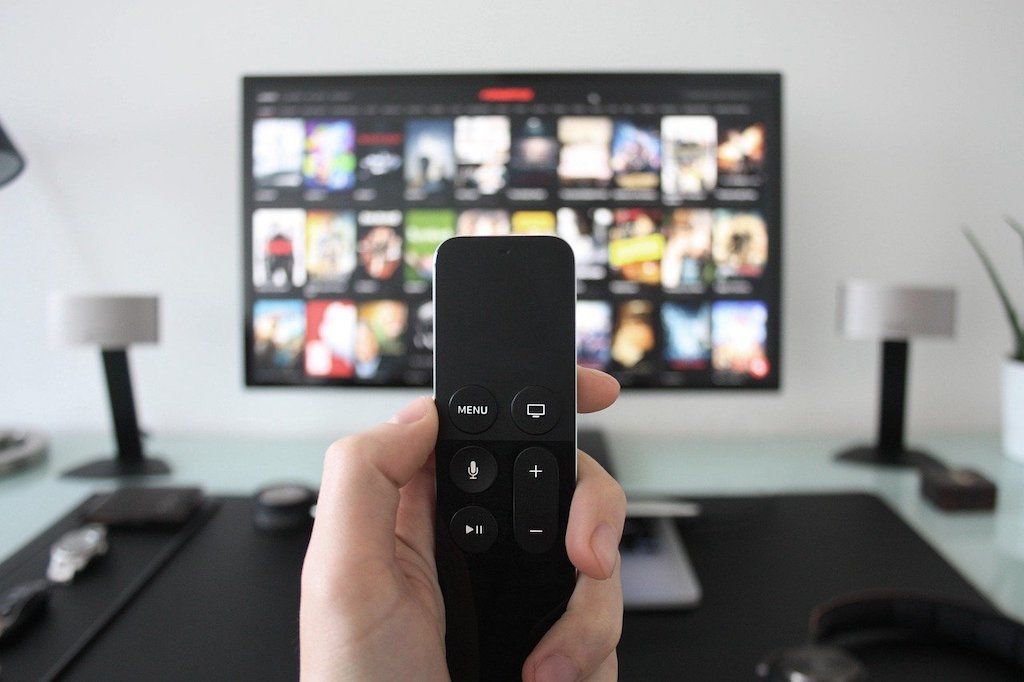Last week I started using the Kindle Fire, the new Android-based tablet that is Amazon's next-generation media player/reader. With a 7 inch screen and a price less than half of the iPad, it has created a new category: the low-cost tablet. Below is the summary of my experiences test driving the Fire:
Pros
- Price to value - Priced at $300+ less than the iPad, the Kindle Fire may have the best price to value in the tablet market. The device is likely priced near cost, with Amazon relying on a razor-razor blade model to drive future revenue from Fire consumers.
- Amazon integration - If you purchase digital content from Amazon - e.g. streaming videos, videos, mp3s, audio books, e-books - you will find it seamlessly integrated with your Kindle Fire. All previous purchases are instantly accessible, and Prime users have full access to the TV shows and movies on Instant Video.
- Size - The Kindle Fire can fit easily in one hand, providing portability without trading off the experience for common viewing activities, such as browsing the web, watching a movie, or checking email.
- Screen - The 7 inch screen is protected behind gorilla glass, and displays content crisply and with bright colors.
- No software - With support from the Amazon Cloud Drive, the Fire gives you seamless access to your content with no software installation, providing an ideal model for the post-iTunes world.
Cons
- Touch experience - The keyboard touch works well, but navigation around the tablet can require repeat touches. There are also some icons (e.g. Settings) that are a few pixels short of being untouchable by an adult finger.
- Apps - The pre-installed applications and lock-in to the Amazon app store steer usage primarily toward viewing of personal content. Most of the Android apps you know and love - e.g. Gmail, Google Maps, Google Calendar - are conspicuously absent from the Amazon app store, limiting its use for both business and personal productivity.
- Bluetooth & microphone - The Fire lacks support for a microphone, which is essential for applications such as Skype and Google Voice. While you can use a combined headphone/microphone, its support across applications is limited.
Overall I’d strongly recommend the Kindle Fire for first-time tablet users who make at least moderate use of Amazon content. While it lacks the range of use and aesthetic design of an iPad, it delivers the core functionality of a tablet at a compelling price. The Fire can also be a fit for a techie willing to spend a few hours making some modifications (e.g. side installing important applications, installing the Android app store, configuring the headphone/ microphone). With a few modifications, the Fire can be extended beyond a media player to support most business and personal productivity needs.
Update: Amazon delivered a software update to the Kindle December 21st. The update provides a noticeable improvement in the touch experience, and adds a few minor features. Upside: Amazon has removed their hack to redirect all traffic to the Android marketplace to Amazon. Downside: if you rooted your device to be able to use the Android marketplace, you will find it unrooted after installing the update. :(
